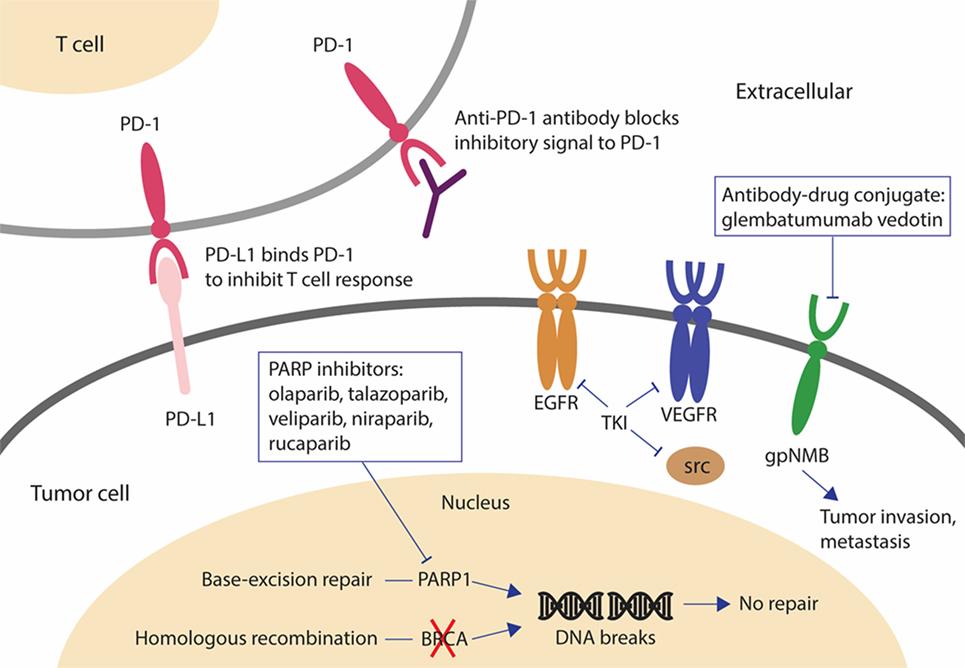
Breast Cancer Treatment Advancements:
Introduction
Breast cancer treatment has undergone significant transformations in recent years, thanks to continuous research and clinical trials. As of 2025, several advancements have emerged, offering new hope and improved outcomes for patients worldwide. This article delves into the most notable developments in breast cancer treatment, highlighting key studies, therapies, and technologies that are making a difference.
1. Breakthroughs in Targeted Therapies
DESTINY-Breast09 Trial
The DESTINY-Breast09 trial has shown promising results in treating HER2-positive breast cancer. This study demonstrated that patients receiving the investigational therapy had improved progression-free survival rates compared to those on standard treatments. The findings suggest that targeting HER2-positive tumors with specific therapies can enhance treatment efficacy.
Selective Estrogen Receptor Degraders (SERDs)
AstraZeneca’s camizestrant, a Selective Estrogen Receptor Degrader (SERD), has shown significant improvement in progression-free survival when combined with a CDK4/6 inhibitor in HR-positive breast cancer patients. This advancement marks a step forward in targeting estrogen receptor-positive tumors more effectively.
2. Advances in Immunotherapy and Combination Treatments
Immunotherapy for Triple-Negative Breast Cancer (TNBC)
Recent studies have explored the combination of immunotherapy agents with chemotherapy for TNBC patients. These combinations have shown enhanced tumor response rates, offering new treatment avenues for this aggressive cancer subtype.
Combination Therapies for ER+/HER2- Breast Cancer
Two new therapy options have demonstrated significant advances in survival outcomes for select patients with estrogen receptor-positive, human epidermal growth factor receptor 2-negative advanced breast cancer. These therapies, presented at the 2025 ASCO Annual Meeting, offer new hope for patients with this subtype.
3. Innovations in Early Detection and Minimally Invasive Procedures
Vacuum-Assisted Breast Biopsy (VABB)
Mahavir Cancer Sansthan in Patna has introduced Vacuum-Assisted Breast Biopsy (VABB), a modern, minimally invasive procedure for early breast cancer detection. This technique allows for the accurate diagnosis of small breast lesions and can fully remove benign tumors of 3-5 cm in size, performed under local anesthesia on a day-care basis.
LED Light-Based Cancer Therapy
Scientists have developed a groundbreaking LED light-based cancer therapy that precisely targets and destroys tumor cells without harming surrounding healthy tissue. The technique involves the use of microscopic tin oxide (SnOx) nanoflakes that absorb near-infrared LED light and convert it into heat, effectively killing cancer cells through photothermal therapy.
4. Personalized Medicine and Precision Oncology
Advancements in Precision Medicine
Novel treatment protocols are demonstrating significant improvements in overall survival and progression-free survival for breast cancer patients. Targeted therapies continue to expand treatment options, allowing for more personalized and effective treatment plans tailored to individual genetic profiles.
5. Societal Shifts in Treatment Choices
Opting for ‘Going Flat’ After Mastectomy
An increasing number of breast cancer survivors are choosing not to undergo breast reconstruction after mastectomy, instead opting to “go flat.” This trend reflects a broader cultural shift emphasizing personal choice, body autonomy, and a redefinition of beauty. It highlights the importance of patient-centered care and the need for healthcare providers to support diverse treatment decisions.
Conclusion
The landscape of breast cancer treatment in 2025 is marked by significant advancements in targeted therapies, immunotherapy, early detection methods, and personalized medicine. These developments offer renewed hope for patients and underscore the importance of continued research and innovation in the fight against breast cancer. As the medical community continues to explore new avenues for treatment, the future holds promise for more effective and individualized care options for those affected by this disease.


